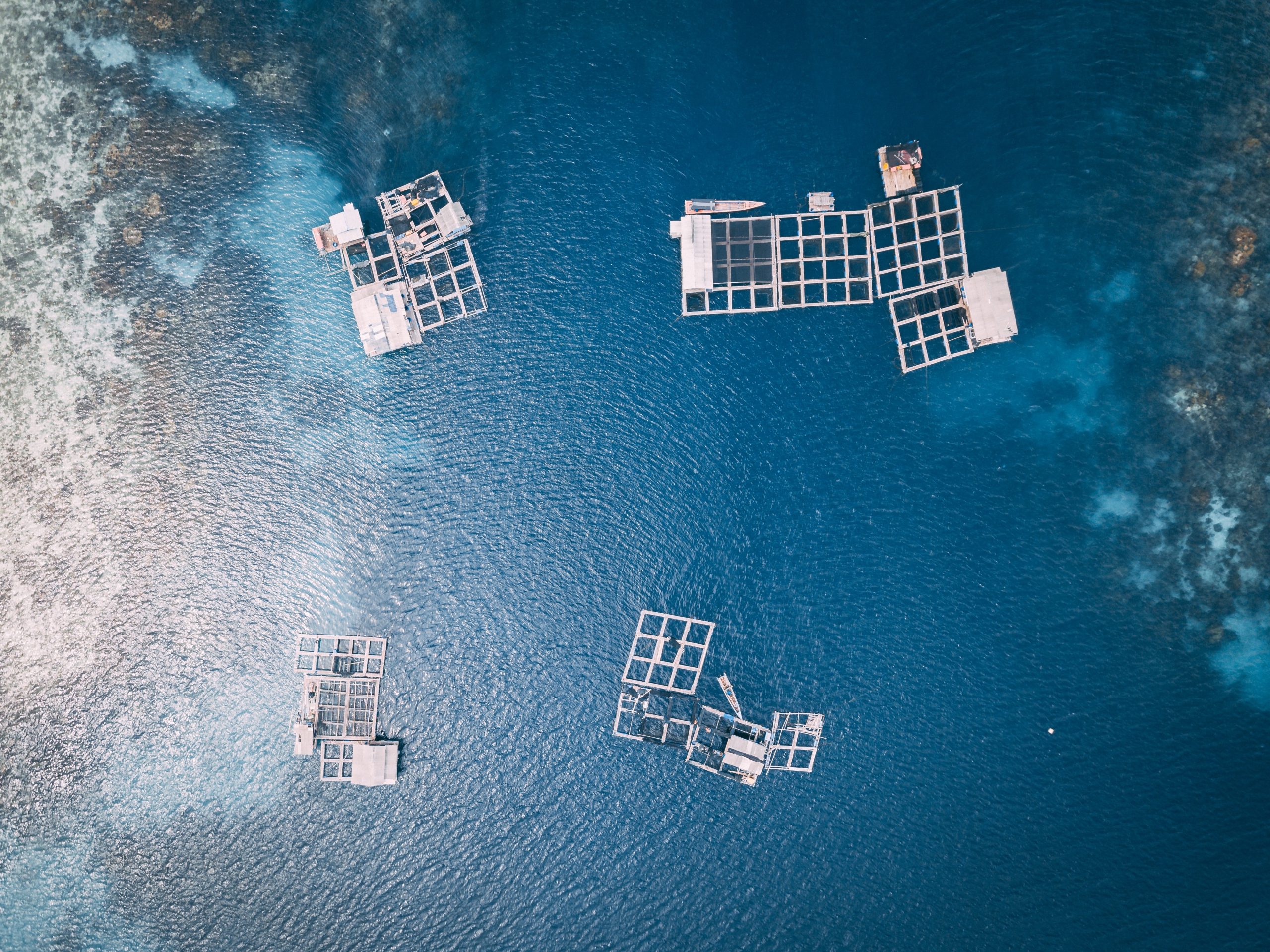2/ Sustainable,
smart
precision
aquaculture
Achieve smarter precision aquaculture and fishing by promoting technological adaptation to climate change and the mitigation of it, improving and monitoring stocks and performing comprehensive studies of the most suitable species for farming.
Goals
To improve the capacity to respond to the conservation challenges facing the marine environment and production in a context of global change, by establishing groups of experienced experts as a step towards a National Network of Innovation and Transfer in Aquaculture.
To reinforce the capacity for technology and knowledge transfer in aquaculture by cataloguing facilities and capacities, organising the portfolio of technology available and evaluating its potential, including the identification of future needs and priorities.
To implement new tools and indicators for assessing and improving animal health and well-being, nutritional status, productive efficiency (based on circular-economy and ecointensification criteria), food quality and safety, and resilience to stressors associated with climate change (thermal stress, oxygen availability, acidification of the environment, recurrent and emerging diseases, presence of biotic and abiotic pollutants, etc.).
To implement protocols for studying and maintaining reproductive capacity in captivity, the quality of offspring, aquatic genetic resources and the selection of breeds and species that adapt well to climate change, fostering diversification in the farming of native species that are low trophic level (LTL) and/or of high economic value.
To implement alert systems, early warning systems and systems to predict biological risk (anthropogenic pollutants, toxins, microalgae blooms, jellyfish, etc.), devastating natural phenomena and recurrent and emergent aquatic diseases in a context of global change.
To find new opportunities for sustainable farming and diversification by implementing improvements and adapting IMTA systems (offshore and onshore IMTA and RAS) to the production capacity of each territory.
To ensure self-supply of larvae for the farming of bivalves and other commercial species, based on improved knowledge of the dispersal, connectivity and abundance of larvae; collection; and improvements in collection and culture systems, especially at the breeding stage, although not exclusively.
To develop and approve new technology, and spatial planning and organisation tools, for monitoring aquaculture activity, mitigating the negative effects of aquaculture on natural ecosystems, selecting suitable new locations, improving compatibility with other uses, and adapting farming structures and systems to prevent escape and destruction by storms.
To create a big data aquaculture platform for the processing and mass analysis of data related to the marine environment and the organisms being farmed, which will have the capacity to learn and provide direct support in decision making (artificial intelligence).
Markets/Economy. To improve market-strategy design capabilities by using tools to simulate market evolution, taking into account the production value chain and trends, thus enabling forecasts to be made regarding the economic, social and legal impact of the incorporation of new technologies into the aquaculture sector.
To use transparency criteria in the evaluation of environmental sustainability in order to demonstrate the need to preserve the marine environment, and how aquaculture can help mitigate the effects of climate change.

